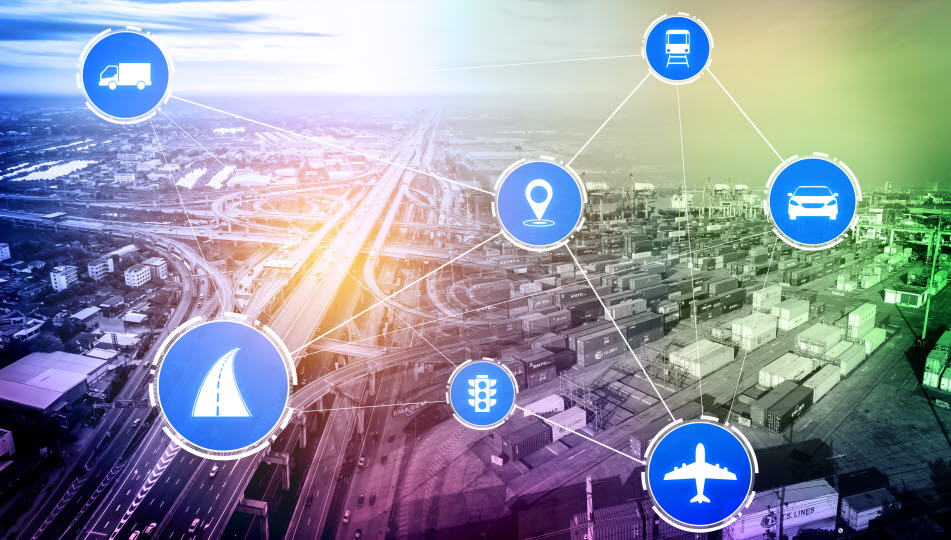Traffic management

Traffic management involves the control of traffic with the aim of improving traffic processes. The goal may include improving accessibility and traffic safety, reducing environmental impact, and prioritizing different modes of transport. Today, control is usually done through intelligent transport systems. In the future, traffic management is expected to be applied through connected and self-driving vehicles.
Traffic management can involve actively controlling traffic in a limited geographic area, such as a single road section or intersection. But traffic management can also be used to control traffic from a system perspective, such as for a neighborhood. Examples of commonly used systems for controlling traffic are variable speed limits, traffic signals and ramp regulation. Control can be done locally via a unit in individual vehicles or for traffic flows via roadside equipment.
VTI has experience in developing and evaluating traffic management in a variety of traffic environments. Commonly applied methods include traffic simulation, empirical/statistical analysis and optimization. The research results contribute to new and deepened knowledge in the field of traffic management both nationally and internationally.
Examples of project areas:
- Highway traffic management
- Traffic signals
- Dynamic platform allocation
- Incident handling/detection
- Dynamic lane allocation, such as dynamic bus lanes.
